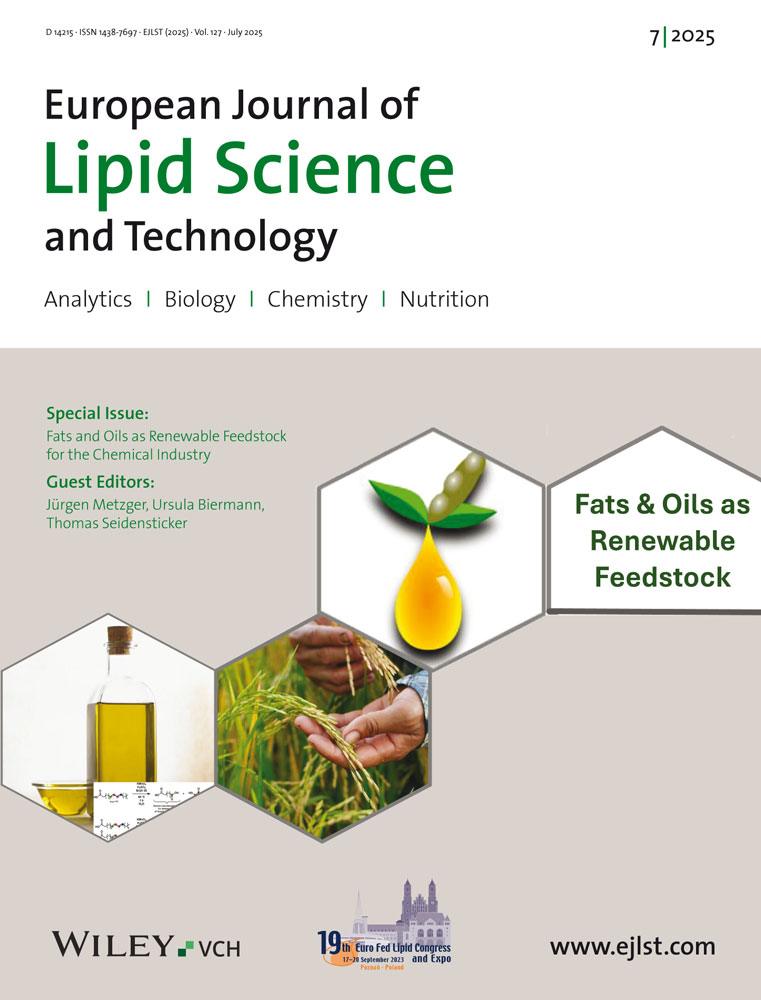Abhängigkeit der Radialdrücke in der Schneckenvorpresse von den technologischen Bedingungen beim Rapssamenpressen†
Vortrag anläßlich der 40. DGF-Vortragstagung in Regensburg am 24. September 1984.
Abstract
deIn der vorliegenden Arbeit wurden die Radialdrücke in der Schneckenvorpresse beim Pressen von Rapssamen in Abhängigkeit von den technologischen Bedingungen untersucht, vor allem von der Pressebelastung, vom Feuchtegehalt des Preßguts, der Drehzahl der Schnecke und der Spaltbreite. Es wurde ebenfalls der Einfluß des Verschleißes der Schneckengänge und Seiherlamellen untersucht. Die Werte für Radialdrücke lagen in einem Bereich von 0.1 bis 19 MPa je nach der Meßstelle. Der Druck vor dem Spalt lag zwischen 1 und 3 MPa. Der Verschleißgrad der Schnecke und der Lamellen (Maximaldruck von 12 MPa) erwies sich bei den Veränderungen des Gesamtprofils als der stärkste Einflußfaktor. An den Stellen, wo der Druck steigt, tritt Rückfluß des Preßguts auf, für den in der Arbeit eine Gleichung abgeleitet wurde.
Abstract
enDependence of the Radial Pressures in the Screw Press on the Technological Conditions in Rape Seed Pressing
In the submitted work radial pressures in the screw press during pressing of rape seed were investigated in dependence on technological conditions, above all on press load, humidity content of the pressed goods, revolutions per minute of the screw and the slot width. The influence of the abrasion of the screw thread and the plates was investigated, too. The values for radial pressures were found in the range of 0.1 to 19 MPa according to the control point. The pressure in front of the slot was between 1 and 3 MPa. The abrasion extent of the screw and the plates (maximal pressure of 12 MPa) was found to be the highest effective factor concerning the changes of the total profile. At the points of increasing pressure a reflux of the pressed good takes place; an equation is deducted in this work.




